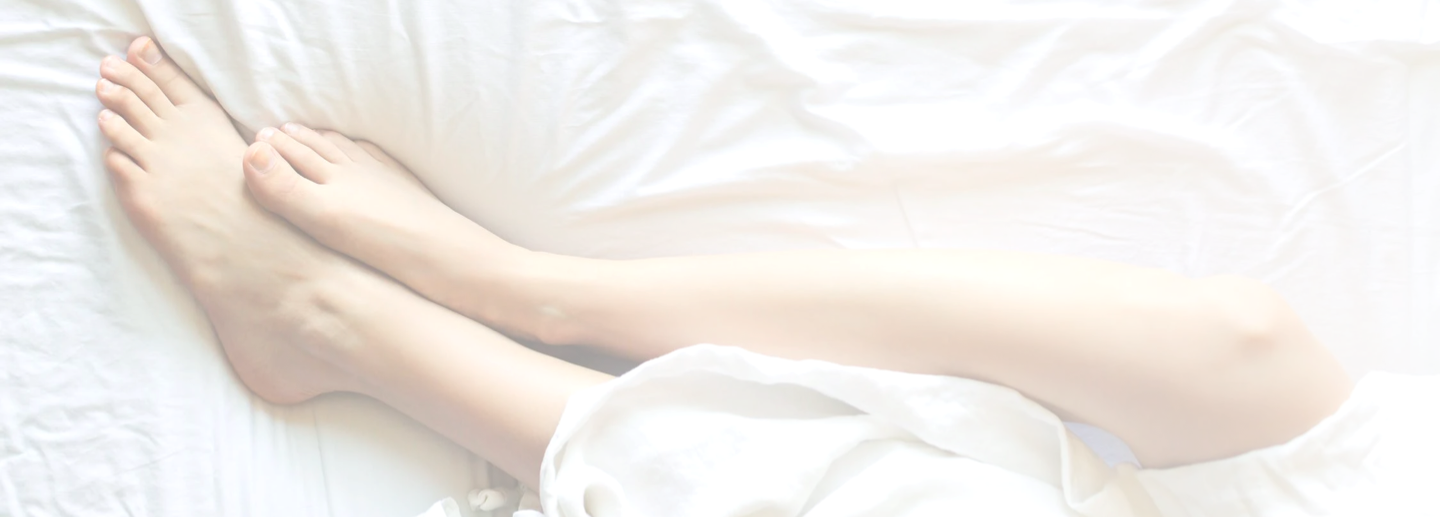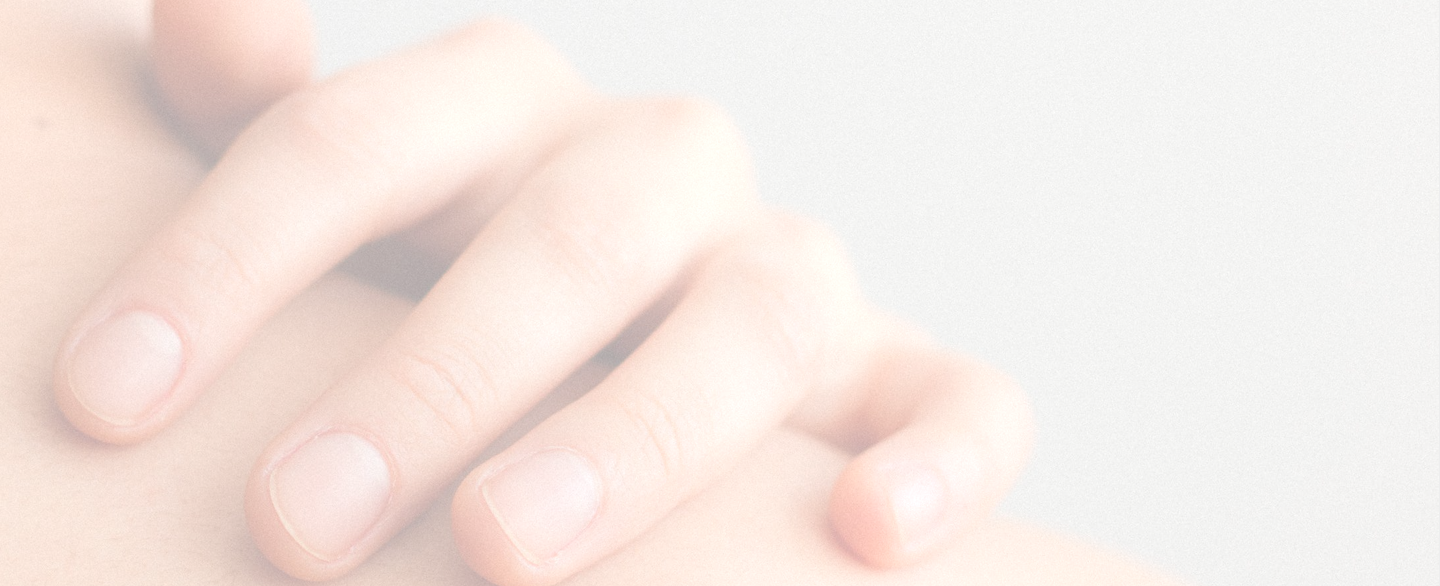treatments
Varicose Veins

What are varicose veins?
Venous disease is a common problem nowadays. In varicose veins the valves inside the veins are incompetent, making the veins non-functional and no longer contributing to the circulation of the leg. The blood flow inside the veins reverses into the leg, instead of going back to the heart, resulting in an increased venous pressure. As a result people can suffer from unsightly thread veins to more troublesome varicose veins. These veins can give cosmetic concerns, but also painful & restless legs, sometimes developing into swollen legs with skin discolourations and ultimately leg ulcerations.
The good news is that these varicosed veins can be diagnosed with an ultrasound scan and they can be treated minimally invasive with quick and excellent results. Because of the minimally invasive surgical techniques, recovery is much quicker without a lengthy downtime. I offer several minimally invasive techniques like endovenous ablation (VNUS/EVLA), foam sclerotherapy and micro-sclerotherapy and will tailor a personalised treatment plan on your consultation.
Types of Treatment
Endovenous ablation (VNUS/EVLA)
With Ultrasound guidance a small catheter is inserted in the varicose vein. The catheter is heated up and the vein is sclerosed, reducing the high venous pressure. The procedure is performed completely under local anaesthetic and is very well tolerated. The procedure takes about 30-45min. Patients can return to normal activity in 24-48 hours and the success rates are 95-99%.
Foam
Sclerotherapy
Some visible varicose veins are too tortuous or superficial for endovenous treatment. Sometimes following a successful endovenous treatment, there are still some residual visible veins. There’s an option to treat these veins by injecting a substance under ultrasound guidance in the veins with a small needle that causes the vein to scar, so that they eventually harden, close up and eventually disappear.
Micro
sclerotherapy
This is a technique used for thread or spider veins. It involves injections with a very fine needle of a sclerosing drug which irritates the lining of the veins, causing the walls to stick together and the unsightly veins to disappear.

Frequently Asked Questions
+ What are varicose veins?
Venous disease is a common problem nowadays. In varicose veins the valves inside the veins are incompetent, making the veins non-functional and no longer contributing to the circulation of the leg. The blood flow inside the veins reverses into the leg, instead of going back to the heart, resulting in an increased venous pressure. As a result people can suffer from unsightly thread veins to more troublesome varicose veins. These veins can give cosmetic concerns, but also painful & restless legs, sometimes developing into swollen legs with skin discolorations and ultimately leg ulcerations.
+ What causes varicose veins?
The most common cause of varicose veins is an inherited weakness of the vein wall. Leg veins contain valves that facilitate the flow of blood back to the heart from the legs against the force of gravity. These valves become weak and blood pools in the legs, increasing the venous pressure, causing swelling and eventually varicose veins. Varicose veins can be visible on the skin, but the main underlying cause is a vein below the skin. Risk factors include pregnancy, increasing age, obesity and prolonged standing (very common). Early diagnosis by ultrasound is key to prevent permanent skin damage.
+ Are varicose veins dangerous for my health?
Varicose veins can cause many symptoms like achiness, swelling, itching, restless legs, heaviness, cramping pain, skin discoloration, eczema and eventually ulceration. The symptoms are worsening with time. Severe varicose veins can lead to inflamed veins or skin, dark staining of the skin, bleeding from a varicose vein and even ulcerations.
+ Do all varicose veins need treatment?
A person with varicose veins may have cosmetic or medical concerns, or both. I recommend that everyone with visible varicose veins will have a consultation to clarify the extent and source of the problem, as well as treatment options and prognosis. If diagnosed and treated in an early stage, skin discoloration and ulceration can be avoided.
+ Why should I have my treatment with Mr. Telgenkamp?
As a vascular surgeon I have extensive experience with the medical and surgical management of varicose veins. I offer a one stop consultation with a diagnostic ultrasound scan and can offer a tailor-made personalised treatment plan.
+ What is the best treatment for varicose veins?
The best treatment depends on the person’s goals and underlying venous problems. This can be established in a consultation where a personalised treatment plan will be made. The goal is to reduce the venous pressure in a varicose vein and then treat the visible veins. Endovenous ablation with radiofrequency or laser treats the non-visible underlying veins that are the main cause for the symptoms and visible varicose veins under the skin. Remaining visible varicose veins can then be treated with foam sclerotherapy, injecting the veins with a sclerosant that scars the vein and make them disappear. With micro sclerotherapy a tiny needle is used the make visible thread or spider veins disappear.
+ How quick will my recovery be after a procedure?
Microsclerotherapy has a very quick recovery and people mostly go back to work the same day. After foam sclerotherapy people can usually go back to work in 24-48hours, but have to wear compression stockings for 1 week. After endovenous ablation people have to wear compression stockings for 2 weeks and will feel bruised for about 2 weeks. They are advised to avoid strenuous activity for a week, but can walk around.

Happy Clients

Book a Consultation
I’ve helped over 1000 patients with their varicose veins.
Let me help you.









